Home>diy>Building & Construction>How Is Limestone Used In Construction


Building & Construction
How Is Limestone Used In Construction
Modified: October 20, 2024
Discover the many uses of limestone in building and construction projects. From foundations to decorative elements, limestone is a versatile and durable material that adds beauty and strength.
(Many of the links in this article redirect to a specific reviewed product. Your purchase of these products through affiliate links helps to generate commission for Storables.com, at no extra cost. Learn more)
Introduction
Limestone is a versatile and widely used natural material in construction. Its unique combination of durability, aesthetic appeal, and ease of use makes it a popular choice in various building applications. From traditional architecture to modern infrastructure projects, limestone has been utilized for centuries and continues to play a crucial role in the construction industry.
Limestone is a sedimentary rock composed primarily of calcium carbonate. It is formed over millions of years through the accumulation and compression of marine organisms such as coral and shells. This natural process gives limestone its characteristic features, including its light coloration, distinctive patterns, and exceptional strength.
One of the key advantages of limestone is its durability. It is resistant to weathering, erosion, and chemical decay, making it an ideal material for long-lasting structures. Limestone also possesses excellent thermal and acoustic properties, providing insulation and noise reduction benefits.
Another notable aspect of limestone is its aesthetic appeal. The diverse range of colors and textures available in limestone allows architects and designers to create visually striking buildings and structures. Whether it is a historic monument or a modern facade, limestone can lend a timeless, elegant, and sophisticated look to any construction project.
In this article, we will explore the common uses of limestone in construction and delve into its various applications. From its role as a building material to its use in road construction, concrete production, and landscaping, limestone has proven to be a versatile and valuable resource.
Key Takeaways:
- Limestone’s durability, aesthetic appeal, and versatility make it a highly sought-after material in construction. Its properties contribute to long-lasting structures, visually captivating designs, and sustainable building practices.
- From road construction to decorative landscaping, limestone’s unique properties enhance stability, durability, and environmental sustainability. Its role in concrete production and asphalt mixtures underscores its versatility and essential contribution to the construction industry.
Read more: What Is Limestone Used For In Construction
Properties of Limestone
Limestone possesses a unique set of properties that make it highly suitable for construction applications. Understanding these properties is crucial in utilizing limestone effectively in various building projects.
1. Durability: Limestone is known for its exceptional durability. It is a dense and hard rock, capable of withstanding harsh weather conditions and physical stress. This makes it an excellent choice for structures that require long-term strength and stability.
2. Weather Resistance: Limestone is highly resistant to weathering and erosion. It can withstand exposure to rain, wind, and temperature changes without deteriorating or losing its structural integrity. This quality ensures the longevity of limestone buildings and reduces the need for frequent repairs or maintenance.
3. Versatility: Limestone comes in a wide range of colors, textures, and patterns. This versatility allows architects and designers to achieve various aesthetic effects and create visually captivating structures. From creamy white to warm beige and even shades of gray, limestone offers countless design possibilities.
4. Thermal Insulation: Limestone has excellent thermal properties, making it an effective insulating material. It helps regulate the temperature inside buildings, reducing energy consumption and enhancing comfort. This property is particularly beneficial in regions with extreme climates.
5. Acoustic Insulation: Due to its dense nature, limestone also provides excellent sound insulation. It reduces the transmission of noise, creating a quieter indoor environment. This makes limestone a popular choice for buildings located in busy urban areas or near noisy sources.
6. Fire Resistance: Limestone is naturally fire-resistant, making it a safe material for construction. It can withstand high temperatures without melting or emitting toxic gases. This property adds an additional layer of protection in case of fire incidents.
7. Workability: Limestone is relatively easy to work with due to its softness compared to other construction materials like granite. It can be cut, shaped, and carved into various sizes and forms, allowing for intricate detailing and customization.
Overall, the properties of limestone make it a highly desirable material in the construction industry. Its durability, weather resistance, versatility, and unique aesthetic appeal make it an excellent choice for a wide range of applications, from grand architectural structures to small-scale landscaping projects.
Common Uses of Limestone in Construction
Limestone has been used in the construction industry for centuries and continues to be a popular material due to its versatility and durability. Let’s explore some of the common uses of limestone in construction:
1. Building Facades: Limestone is often used as a cladding material for building facades. Its natural beauty, variety of colors, and patterns can enhance the appearance of any structure, from modern skyscrapers to historic buildings.
2. Flooring: Limestone’s durability and aesthetic appeal make it an ideal choice for flooring applications. It can be honed, polished, or left in its natural form, providing a sophisticated and timeless look for both residential and commercial properties.
3. Interior Walls: Limestone can be used for interior wall cladding, adding a touch of elegance and warmth to any space. It can be installed as large slabs or cut into smaller tiles, offering a range of design possibilities.
4. Retaining Walls: Limestone’s strength and durability make it suitable for constructing retaining walls. It provides stability to sloping areas, preventing soil erosion and creating visually appealing boundaries.
5. Paving: Limestone is often used for outdoor paving due to its slip-resistant nature and ability to withstand heavy foot traffic. It can be installed in various patterns and sizes, creating stunning pathways, patios, and driveways.
6. Landscaping: Limestone is widely used in landscaping projects. It can be used for decorative purposes such as stone walls, garden borders, and water features. Its natural beauty blends seamlessly with the surrounding environment.
7. Stairs and Steps: Limestone stairs and steps add a touch of elegance and sophistication to both interior and exterior spaces. Their durability and slip-resistant properties make them a safe and visually appealing choice.
8. Fireplace Surrounds: Limestone’s heat-resistant properties make it an excellent choice for fireplace surrounds. It can withstand high temperatures without showing signs of damage, adding a touch of luxury and warmth to any interior space.
9. Ornamental Features: Limestone can be carved or shaped into various ornamental features, such as columns, balustrades, and architectural details. Its versatility and ability to be customized make it a preferred material for decorative elements.
10. Road Bases: Crushed limestone is commonly used as a base material in road construction. It provides stability, durability, and drainage properties, ensuring long-lasting and resilient road surfaces.
These are just a few examples of how limestone is utilized in construction. Its versatility, durability, and aesthetic appeal make it a go-to material for architects, builders, and designers around the world. Whether for structural or decorative purposes, limestone continues to play a significant role in shaping the built environment.
Limestone as a Building Material
Limestone has been used as a building material for centuries and is prized for its exceptional durability, aesthetic appeal, and versatility. Let’s explore the various aspects of limestone as a building material:
1. Structural Integrity: Limestone is a dense and sturdy material, making it an excellent choice for constructing durable and long-lasting structures. Its strength and ability to withstand external forces make it ideal for supporting the weight of buildings and providing structural stability.
2. Aesthetic Appeal: Limestone offers a wide range of colors and textures, allowing builders and architects to create visually appealing structures. From soft, cream-colored hues to rich, warm tones, it can be used to achieve a variety of design styles, whether classic or contemporary.
3. Customization: Limestone can be easily cut and shaped into various sizes and forms, offering flexibility and creative freedom in architectural designs. It can be carved into intricate details, such as cornices, moldings, and decorative elements, adding a touch of elegance and sophistication to buildings.
4. Thermal Insulation: Limestone has excellent thermal properties, making it an effective insulator against heat transfer. It helps maintain a comfortable indoor temperature by reducing the need for artificial cooling or heating, thus improving energy efficiency.
5. Fire Resistance: Limestone is naturally fire-resistant, providing an added layer of safety in the event of a fire. It does not emit toxic fumes or melt under high temperatures, making it a preferred choice for buildings where fire protection is a priority.
6. Sound Insulation: Limestone’s dense composition makes it an excellent material for sound insulation. It reduces the transmission of noise between rooms and from outside sources, creating a more peaceful and comfortable indoor environment.
7. Low Maintenance: Limestone requires minimal maintenance compared to other building materials. Its durability and natural resistance to weathering and erosion mean that it can withstand the test of time without significant deterioration. Regular cleaning and occasional sealing are usually sufficient to keep limestone structures in optimal condition.
8. Sustainable Choice: Limestone is a sustainable building material. It is abundant, naturally occurring, and widely available. Its extraction has a relatively low environmental impact, and it can be recycled or repurposed for future use, contributing to a more sustainable construction industry.
9. Historical Significance: Limestone has been used historically in iconic structures such as the Great Pyramids of Egypt, the Parthenon in Greece, and many medieval cathedrals. Incorporating limestone into modern construction projects connects the present with the rich architectural heritage of the past.
With its remarkable strength, versatility, and aesthetic appeal, limestone has proven to be a timeless and enduring choice as a building material. Whether used to construct grand architectural masterpieces or to add a touch of elegance to contemporary structures, limestone continues to be a beloved and highly sought-after material in the construction industry.
Limestone in Road Construction
Limestone plays a crucial role in the construction and maintenance of roads and highways. Its unique properties make it an ideal material for road construction, providing strength, durability, and long-lasting performance. Let’s take a closer look at how limestone is used in road construction:
1. Subbase and Base Material: Crushed limestone is commonly used as a subbase and base material in road construction. It provides a stable foundation for the road, distributing the load of traffic and preventing the underlying soil from shifting or settling. Limestone’s compacted nature and interlocking particles create a solid base that can withstand heavy traffic and resist deformation.
2. Drainage and Stability: Limestone aggregates used in road construction provide excellent drainage properties. The porous nature of limestone allows water to drain efficiently through the road surface, preventing the accumulation of water that can lead to potholes and pavement damage. Additionally, limestone’s stability helps to maintain the overall structural integrity of the road, reducing the risk of cracks and structural failures.
3. Road Surface Aggregate: Limestone is also used as aggregate in asphalt mixtures for road surfacing. When crushed into small particles, limestone provides a smooth and even surface for vehicles to drive on. This improves traction and reduces the risk of accidents, especially in wet or slippery conditions.
4. Skid Resistance: Limestone’s rough texture and angular shape contribute to its skid resistance properties. It increases friction between tires and the road surface, enhancing vehicle control and reducing the risk of skidding. This is particularly important for roads with steep gradients or sharp curves.
5. Longevity and Cost-effectiveness: Limestone’s durability and resistance to weathering and wear make it a cost-effective choice for road construction. It can withstand heavy traffic loads and harsh environmental conditions, reducing the need for frequent repairs and maintenance. This translates into long-term cost savings for road authorities and taxpayers.
6. Environmental Considerations: Limestone is a sustainable choice for road construction due to its abundance and ability to be recycled. It can be crushed and reused as aggregate in new road projects, reducing the demand for virgin materials and minimizing waste disposal. Additionally, limestone’s light color reflects sunlight, reducing the heat island effect and contributing to the overall environmental sustainability of the road.
Limestone’s unique properties make it a highly valuable material in road construction. Its use as a subbase, base material, road surface aggregate, and skid-resistant surface enhances the performance, safety, and longevity of roads. Furthermore, limestone’s cost-effectiveness and environmental considerations make it a preferred choice for sustainable road construction projects.
Limestone is commonly used in construction for building materials such as cement, concrete, and aggregate. It is also used as a decorative stone for facades and flooring due to its durability and aesthetic appeal.
Read more: How To Care For Limestone Countertops
Limestone in Concrete Production
Limestone is a key ingredient in the production of concrete, one of the most widely used construction materials in the world. Its unique properties make it an essential component that contributes to the strength, durability, and versatility of concrete. Let’s explore the role of limestone in concrete production:
1. Cement Production: Limestone is a primary component in the production of cement, which is the binder that holds concrete together. Limestone is heated at high temperatures in a kiln, resulting in the formation of calcium oxide, or quicklime. This quicklime is then combined with other raw materials, such as clay or shale, to produce cement.
2. Strength and Durability: Limestone contributes to the strength and durability of concrete due to its chemical properties. When limestone reacts with water, it forms calcium hydroxide, which in turn reacts with the cement, creating calcium silicate hydrate. This compound is responsible for the binding and hardening of concrete, giving it its strength and long-lasting properties.
3. Workability: Limestone also enhances the workability of concrete, making it easier to mix, place, and shape. The fine particles of limestone fill in the gaps between larger aggregate materials, improving the overall cohesion of the concrete mixture. This allows for better handling, pouring, and finishing of concrete during construction.
4. Reduced Heat of Hydration: The presence of limestone in concrete reduces the heat of hydration, which is the heat generated when water is added to cement. This is particularly beneficial in large-scale concrete projects where excessive heat can cause cracking and structural damage. The addition of limestone helps control the temperature rise, ensuring the integrity and long-term stability of the concrete.
5. Density and Wear Resistance: Limestone contributes to the density and wear resistance of concrete. The particles of limestone fill in the voids between aggregates, resulting in a denser concrete mix. This densification increases the abrasion resistance and durability of the concrete, making it suitable for high-traffic areas and heavy-duty applications such as pavements and industrial floors.
6. Aesthetic Options: Limestone also offers aesthetic options in concrete production. By incorporating colored limestone aggregates or using limestone as a decorative surface finish, architects and designers can achieve a wide range of looks and textures, adding visual interest and uniqueness to concrete structures.
In summary, limestone is an essential component in concrete production. It contributes to the strength, durability, workability, and aesthetic versatility of concrete. From providing the binder in cement production to improving the density, wear resistance, and heat control of concrete, limestone plays a vital role in the construction industry as a fundamental ingredient in the production of this widely used construction material.
Limestone as Aggregate in Asphalt Mixtures
Limestone plays a critical role in the production of asphalt mixtures, which are widely used in the construction of roads, highways, and parking lots. Incorporating limestone as an aggregate in asphalt mixtures offers numerous benefits, contributing to the strength, durability, and performance of the asphalt pavement. Let’s explore the role of limestone as aggregate in asphalt mixtures:
1. Stability and Load-Bearing Capacity: Limestone aggregates provide stability and contribute to the load-bearing capacity of asphalt pavements. The interlocking nature of the angular limestone particles forms a strong and stable matrix within the asphalt mixture, allowing the pavement to withstand heavy traffic loads without excessive deformation or rutting.
2. Enhanced Skid Resistance: Limestone aggregates improve the skid resistance of the asphalt surface. The rough texture of limestone particles provides better traction for vehicles, reducing the risk of skidding and improving overall safety, especially during wet or slippery conditions.
3. Improved Durability: Limestone contributes to the overall durability of asphalt pavements. It provides resistance against wear, weathering, and abrasion, ensuring the longevity and performance of the pavement. The durability of limestone aggregates helps to reduce maintenance and repair costs, making asphalt pavements more cost-effective in the long run.
4. Thermal Stability: Limestone aggregates offer excellent thermal stability in asphalt mixtures. They help to dissipate heat generated by vehicular traffic and protect the underlying layers of the pavement from thermal cracking. This thermal stability extends the lifespan of the asphalt pavement, particularly in regions with extreme temperature fluctuations.
5. Noise Reduction: Limestone aggregates can also contribute to reducing noise levels on roadways. The dense structure of limestone particles helps to dampen road noise by absorbing and dissipating sound waves, resulting in a quieter driving experience for motorists and nearby residents.
6. Sustainable Approach: The use of limestone aggregates in asphalt mixtures promotes sustainability in road construction. Limestone is widely available and can be sourced locally, reducing transportation costs and minimizing carbon emissions. Additionally, when asphalt pavements reach the end of their service life, they can be recycled or reused, further reducing environmental impact.
Overall, limestone aggregates offer significant advantages in asphalt mixtures. From providing stability and load-bearing capacity to enhancing skid resistance, durability, thermal stability, and noise reduction, limestone plays a crucial role in the construction of high-quality and long-lasting asphalt pavements.
Limestone in Landscaping and Decorative Applications
Limestone is widely used in landscaping and various decorative applications due to its natural beauty, versatility, and durability. Whether it’s creating stunning outdoor spaces or adding an elegant touch to interior designs, limestone offers endless possibilities. Let’s explore how limestone is used in landscaping and decorative applications:
1. Garden Features: Limestone is commonly used to create beautiful garden features such as retaining walls, raised flower beds, and seating areas. Its natural appearance and varied textures can add a touch of elegance and sophistication to any landscape design.
2. Pathways and Pavers: Limestone is an excellent choice for creating pathways and pavers. Its durability and slip-resistant properties make it ideal for high-traffic areas and outdoor spaces. Limestone pavers can be laid in various patterns and sizes to create unique and visually appealing walkways or patios.
3. Water Features: Limestone’s ability to withstand moisture and its natural beauty make it a popular choice for water features such as fountains, waterfalls, and pool surrounds. Its color and texture complement the flowing water, creating a tranquil and inviting atmosphere.
4. Ornamental Elements: Limestone can be carved or shaped into various ornamental elements for gardens and outdoor spaces. From detailed sculptures and statues to intricate carvings and planters, limestone adds a classic and timeless aesthetic to any landscape.
5. Interior Flooring and Walls: Limestone is often used as flooring or wall cladding for interior spaces. Its warmth and natural beauty bring a sense of sophistication to any room. Limestone tiles or slabs can be honed, polished, or left in their natural form, offering a range of design possibilities.
6. Fireplace Surrounds: Limestone’s heat-resistant properties make it an excellent choice for fireplace surrounds. It provides an elegant and timeless look, whether it’s a traditional or contemporary design. Limestone can be carved into intricate details, adding a touch of luxury to any living space.
7. Countertops and Vanities: Limestone can be used as a countertop or vanity material in kitchens and bathrooms. Its durability, natural veining, and soft colors create a unique and inviting ambiance. Limestone countertops add character and elegance to any space.
8. Architectural Accents: Limestone can be used as architectural accents, such as columns, moldings, and window sills. Its versatility and ability to be cut and shaped into various forms make it a favored material for adding architectural details to both interior and exterior spaces.
In summary, limestone offers a wide range of possibilities in landscaping and decorative applications. Its natural beauty, durability, and versatility make it a preferred choice for creating stunning outdoor spaces, enhancing interior designs, and adding a touch of elegance to any setting.
Environmental Considerations in Limestone Use
While limestone is a versatile and widely used material in construction, it is important to consider the environmental impact of its extraction and use. Here are some key environmental considerations related to the use of limestone:
1. Quarrying and Landscaping: The extraction of limestone from quarries can have an impact on the surrounding natural environment. Quarrying activities can disrupt habitats, alter the landscape, and contribute to soil erosion and loss of biodiversity. To mitigate these impacts, responsible quarrying practices such as land restoration and landscaping should be implemented.
2. Energy Consumption: The production of limestone and its use in construction can result in high energy consumption. This energy is primarily used in the quarrying, crushing, and transportation processes. To minimize energy consumption, sustainable practices such as using renewable energy sources and optimizing production techniques should be adopted.
3. Water Usage and Pollution: Water is used in the quarrying and processing of limestone, which can lead to water consumption and potential pollution. Proper water management practices, including recycling and treatment systems, should be implemented to minimize the environmental impact on water resources.
4. Carbon Emissions: Limestone production and transportation can contribute to greenhouse gas emissions, primarily through the burning of fossil fuels for energy. The carbon footprint associated with limestone use can be reduced by implementing energy-efficient practices, using alternative fuels, and utilizing sustainable transportation methods.
5. Waste Generation and Recycling: The production and use of limestone can generate waste materials. This includes quarry overburden, waste rock, and unused limestone fragments. Minimizing waste generation through efficient production processes and promoting recycling and reuse of limestone waste can help reduce the environmental impact.
6. Sustainability and Certification: It is essential to promote sustainable practices in the limestone industry. This includes adhering to environmental regulations, obtaining certifications such as ISO 14001 for environmental management, and continuously striving for improvement in environmental performance.
7. Life Cycle Assessment: Conducting a life cycle assessment (LCA) of limestone products and construction projects can provide a comprehensive understanding of the environmental impacts throughout their entire life cycle. This assessment can help identify areas for improvement and guide decision-making towards more sustainable practices.
By considering these environmental factors, the limestone industry can strive towards minimizing its environmental footprint and promoting sustainable practices. This includes responsible quarrying, efficient use of energy and water, waste management, and reducing carbon emissions. Through continuous improvement and innovation, limestone can be used in a more environmentally conscious way, ensuring the long-term sustainability of the construction industry.
Read more: How To Clean Limestone Fireplace
Conclusion
Limestone is a remarkable natural material that has been used in construction for centuries. Its unique combination of durability, aesthetic appeal, and versatility makes it a highly sought-after resource in the building industry. From its use as a building material to its applications in road construction, concrete production, landscaping, and decorative elements, limestone has proven its value and reliability.
Properties such as durability, weather resistance, thermal and acoustic insulation, and fire resistance make limestone an ideal choice for a wide range of construction projects. Its versatility allows architects and designers to create stunning structures that blend seamlessly with their surroundings. With colors ranging from creamy white to warm beige and various textures, limestone offers endless design possibilities.
Limestone also plays a vital role in road construction, providing stability, durability, and enhanced skid resistance. It contributes to the strength and load-bearing capacity of pavements, ensuring safe and long-lasting road surfaces. In concrete production, limestone is a key ingredient that adds strength and durability to structures while improving workability and thermal stability.
Limestone’s use in landscaping and decorative applications adds a touch of elegance and sophistication to outdoor spaces. Its natural beauty, whether in garden features, pathways, water features, or ornamental elements, enhances the overall aesthetic appeal of landscapes. Additionally, limestone can be utilized in interior designs, such as flooring, wall cladding, fireplace surrounds, and countertops, adding warmth and sophistication to living spaces.
While utilizing limestone in construction, it is crucial to consider the environmental impact. Responsible quarrying, energy-efficient practices, waste management, and sustainable approaches help mitigate the environmental footprint of limestone use. By promoting sustainable practices, reducing carbon emissions, and recycling waste, the limestone industry can contribute to a more sustainable construction industry.
In conclusion, limestone is a versatile and valuable material in construction. Its durability, aesthetic appeal, and versatility make it an excellent choice for a wide range of applications. Whether it is used as a building material, aggregate in road construction, component in concrete production, or for landscaping and decorative purposes, limestone continues to shape the built environment while considering environmental considerations.
Frequently Asked Questions about How Is Limestone Used In Construction
Was this page helpful?
At Storables.com, we guarantee accurate and reliable information. Our content, validated by Expert Board Contributors, is crafted following stringent Editorial Policies. We're committed to providing you with well-researched, expert-backed insights for all your informational needs.
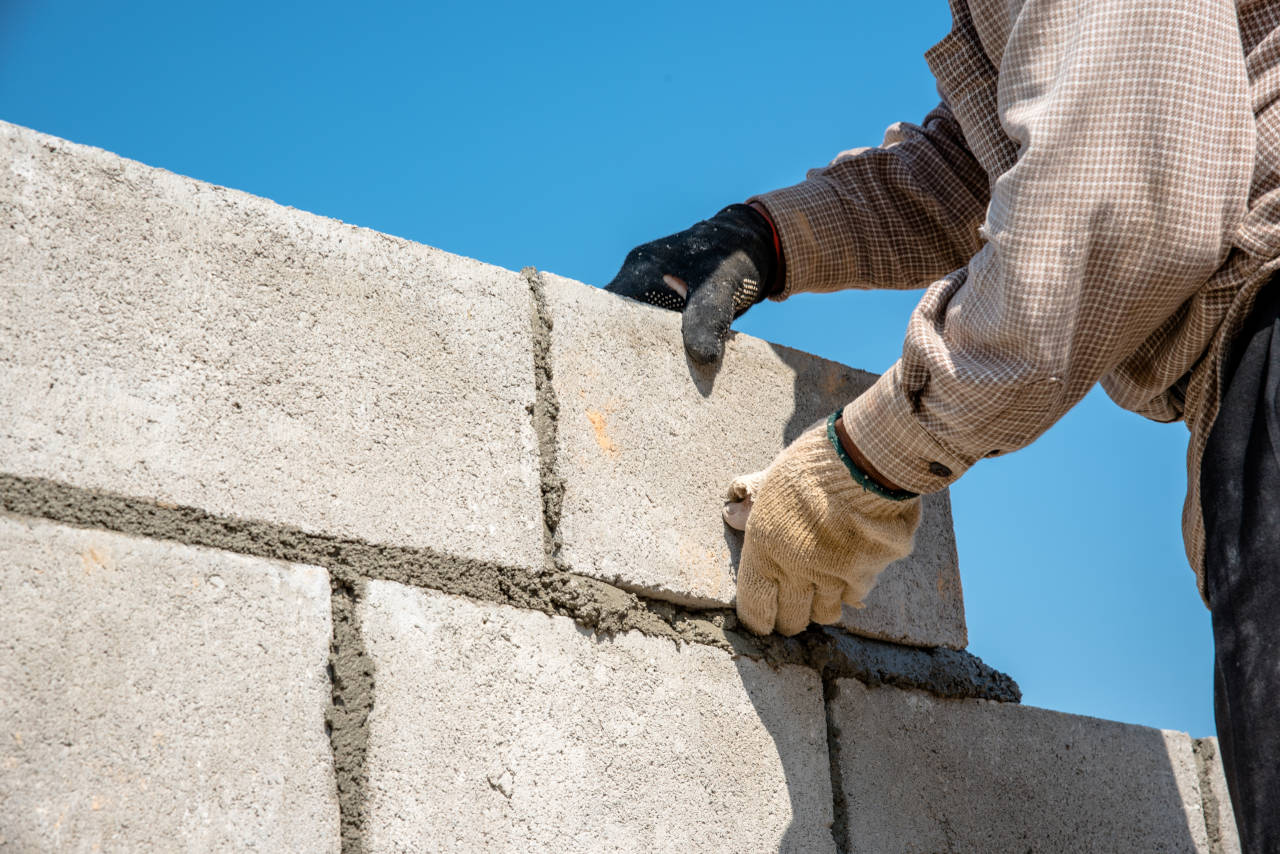
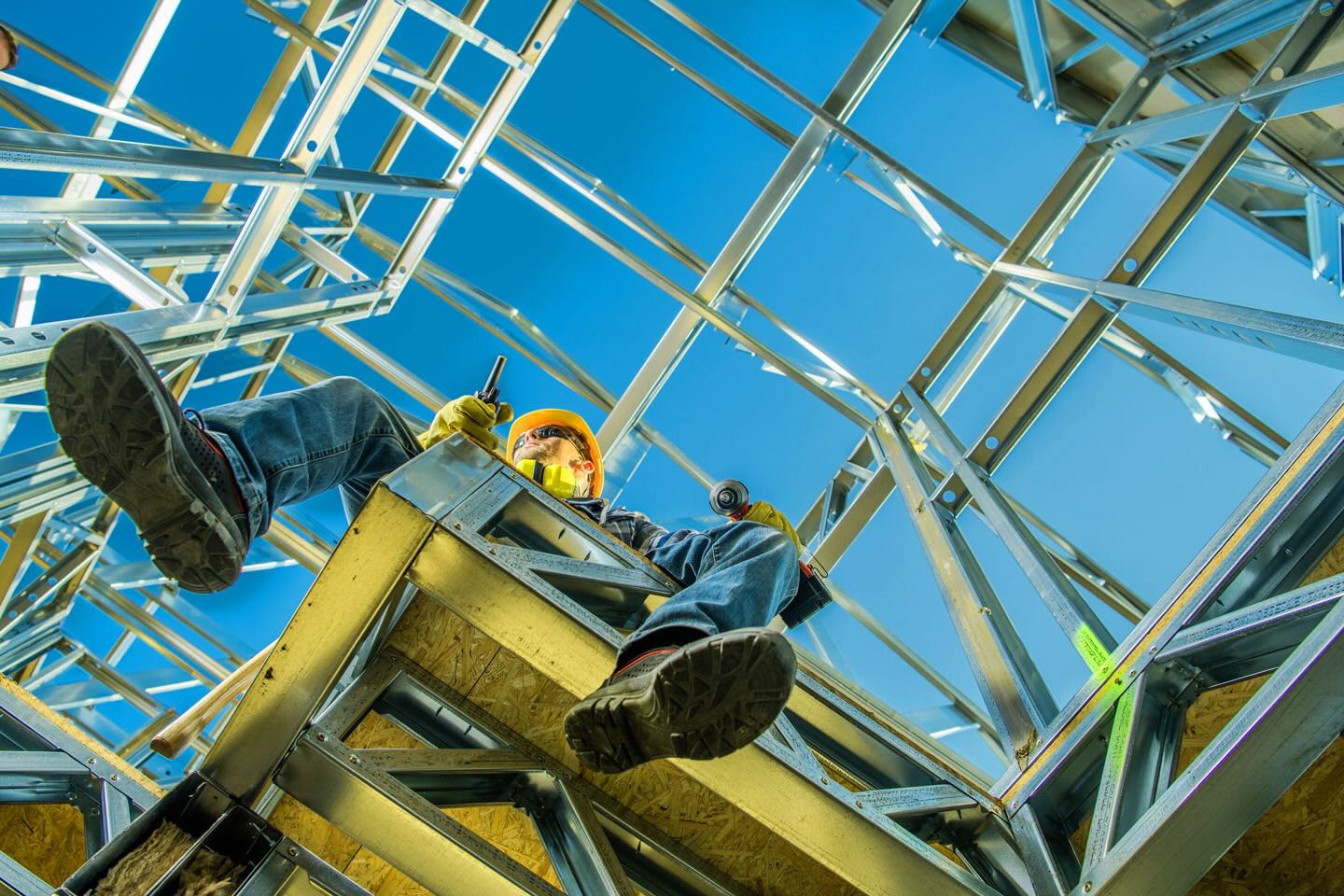




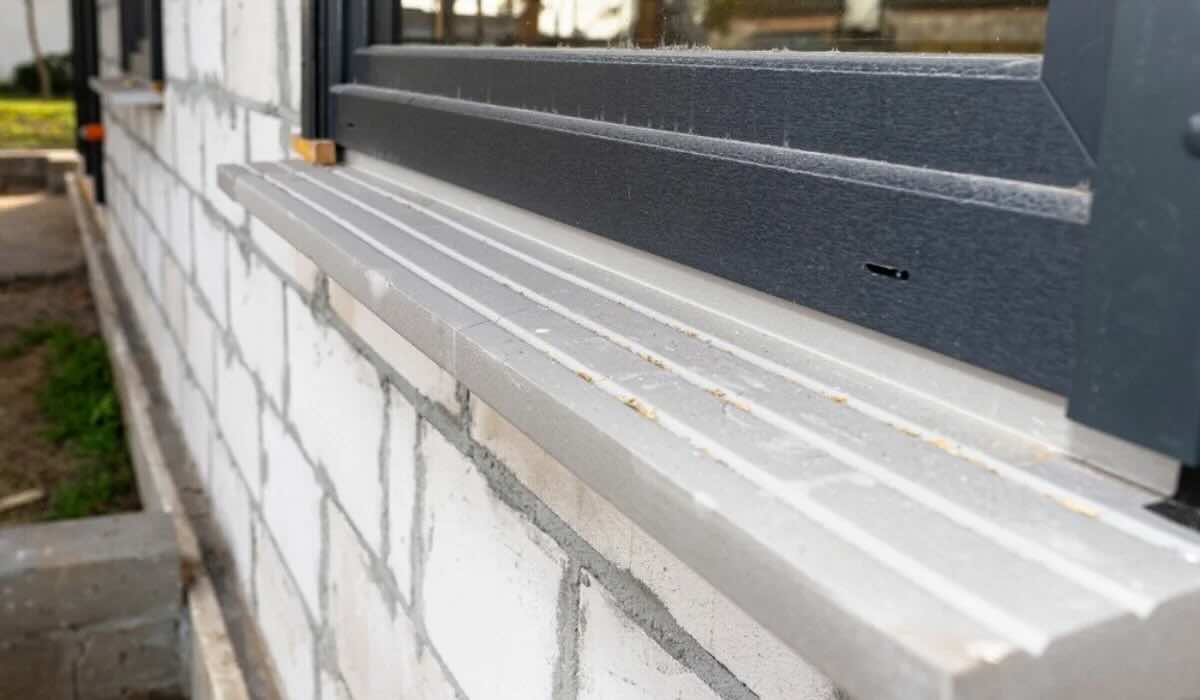
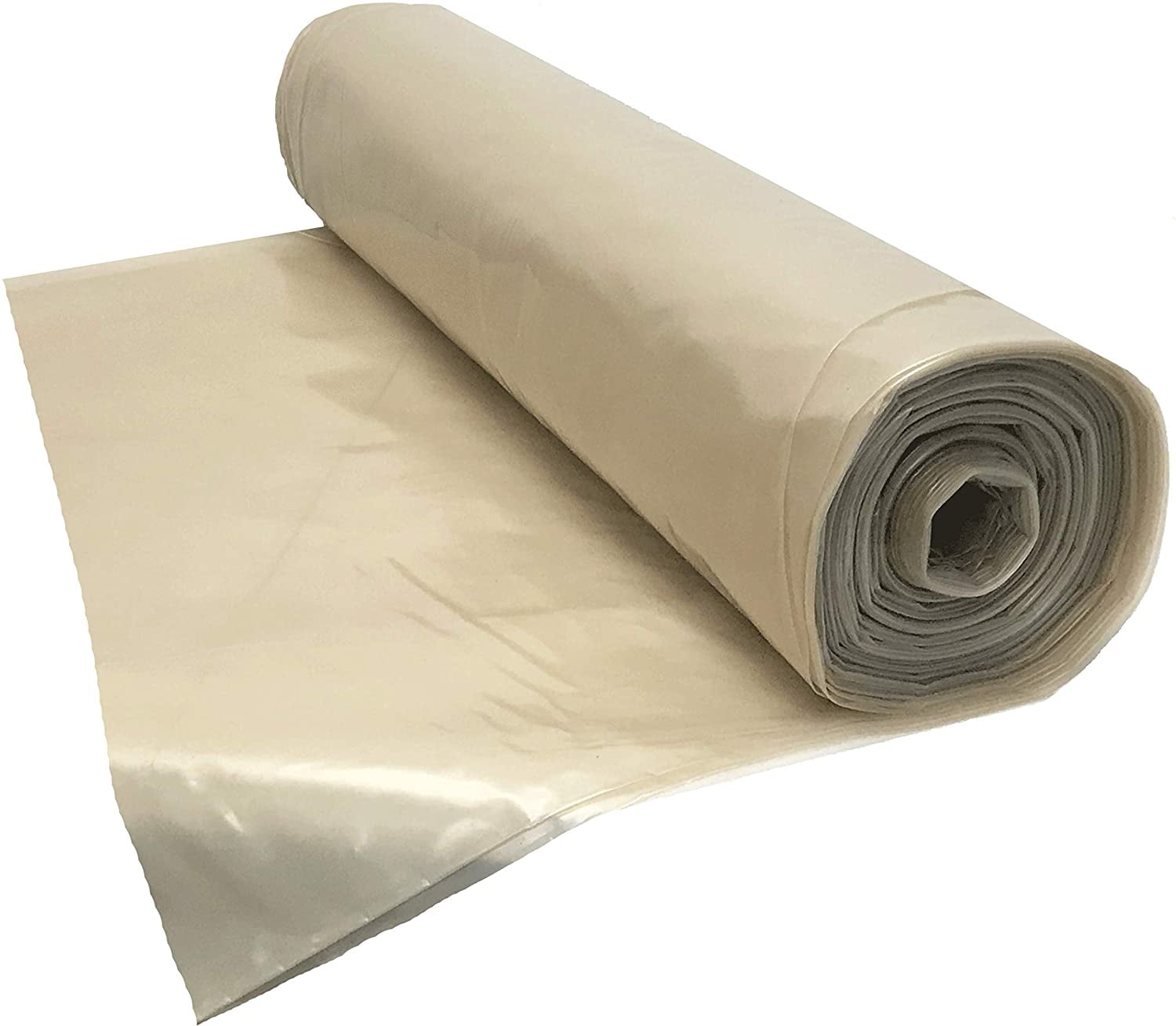
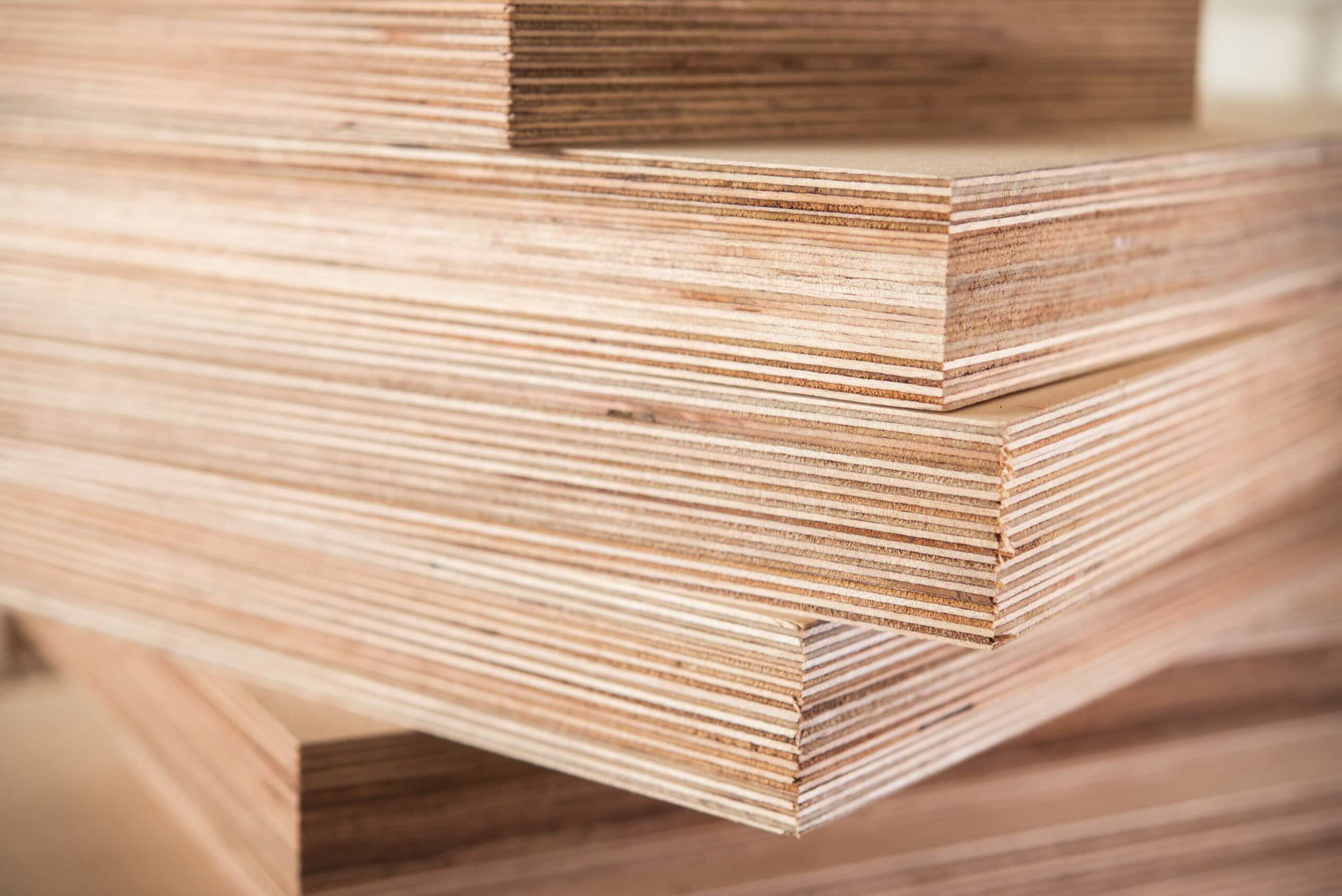
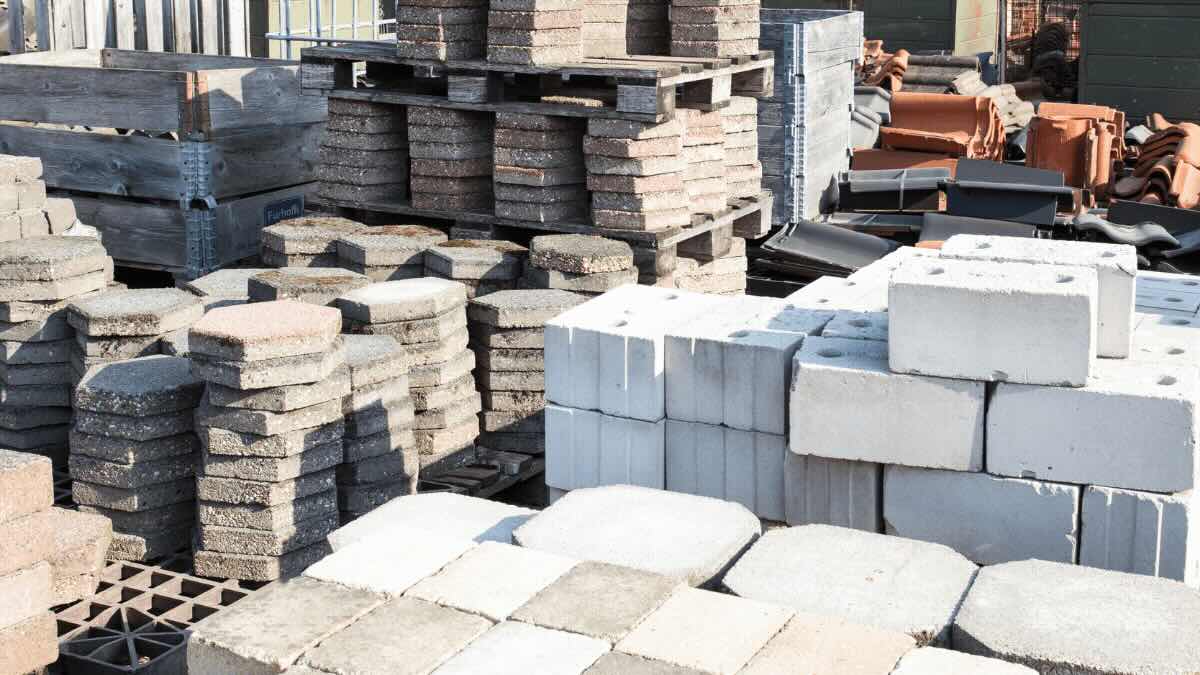
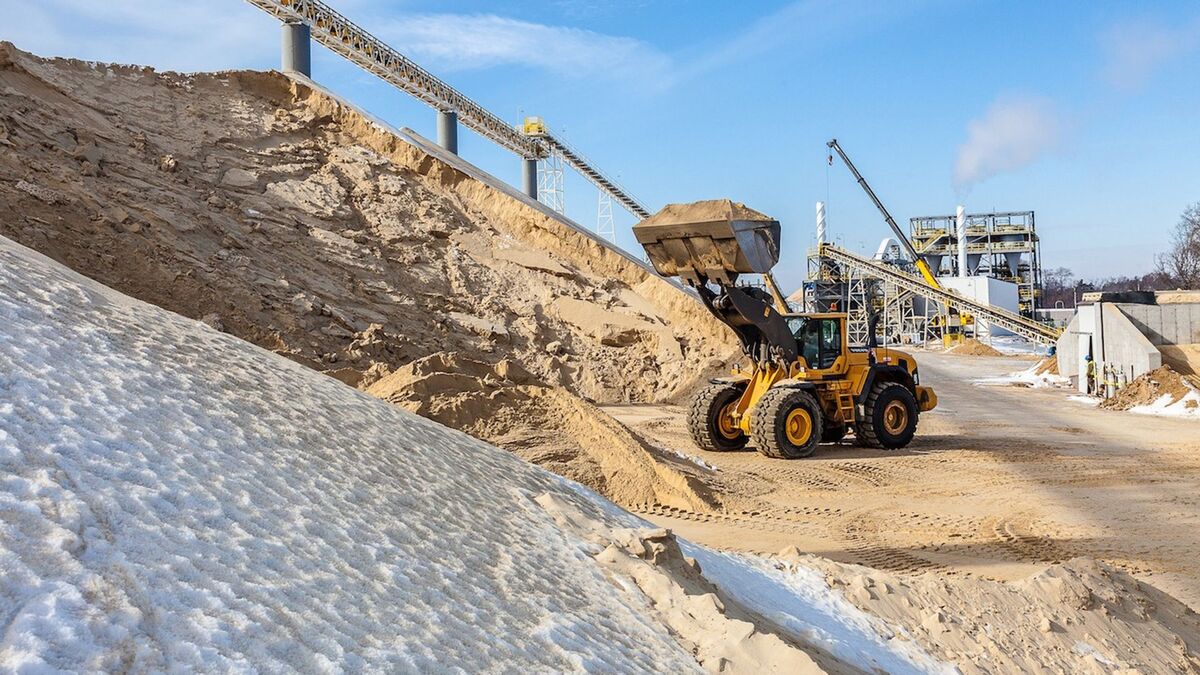
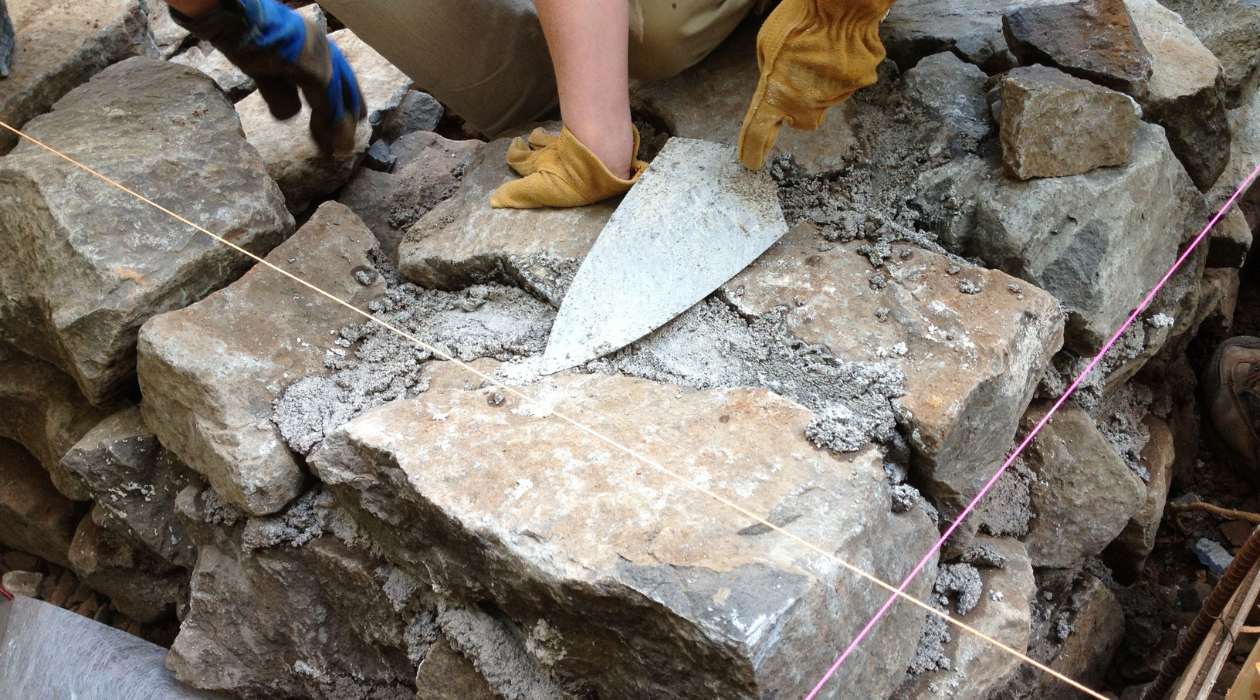
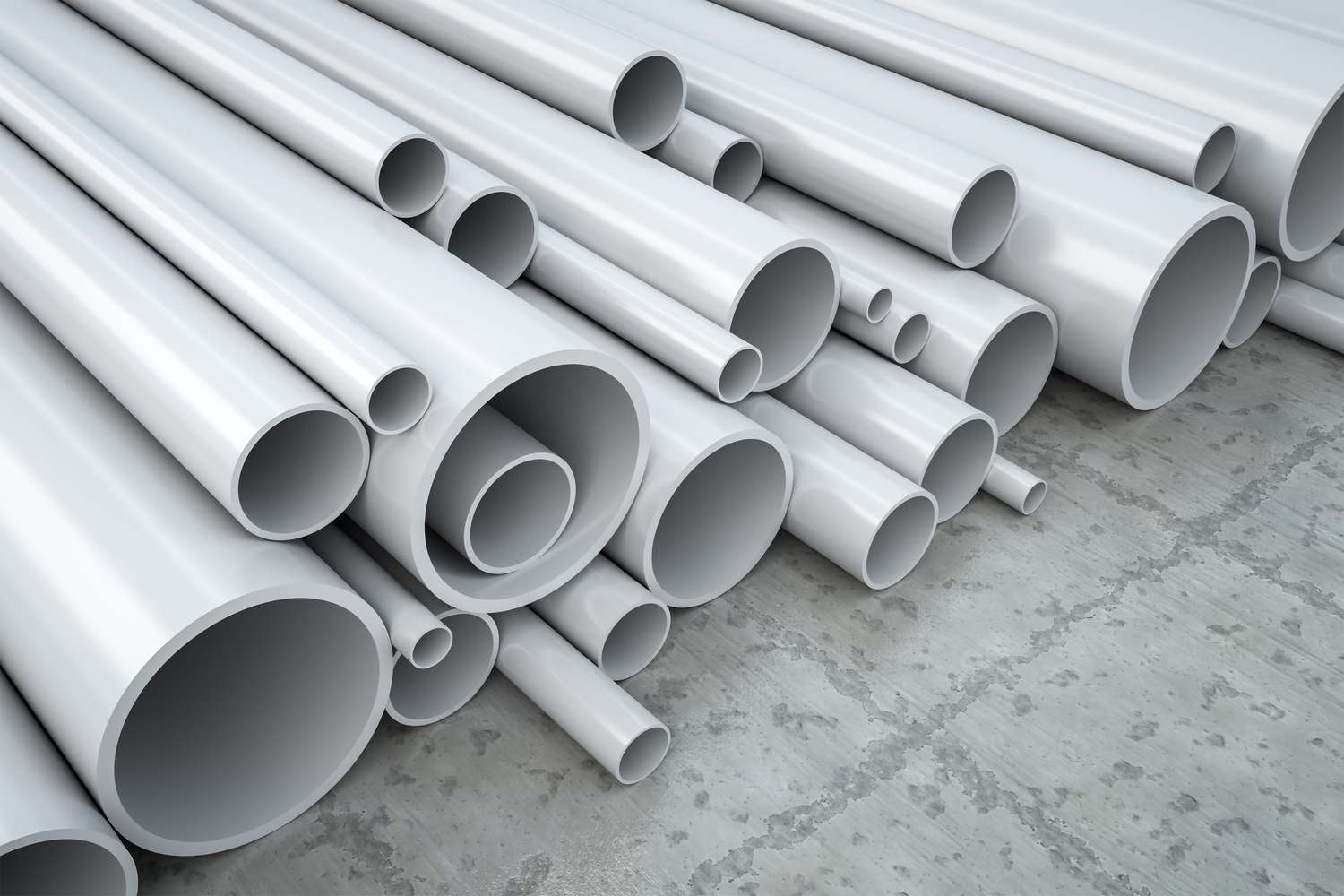

0 thoughts on “How Is Limestone Used In Construction”